
The Rise of Strategic Partnerships: Why 2025 Is the Year Trades Need to Team Up
2025 marks a new era of collaboration discover why strategic partnerships between trades are key to stability, growth, and smoother construction projects.
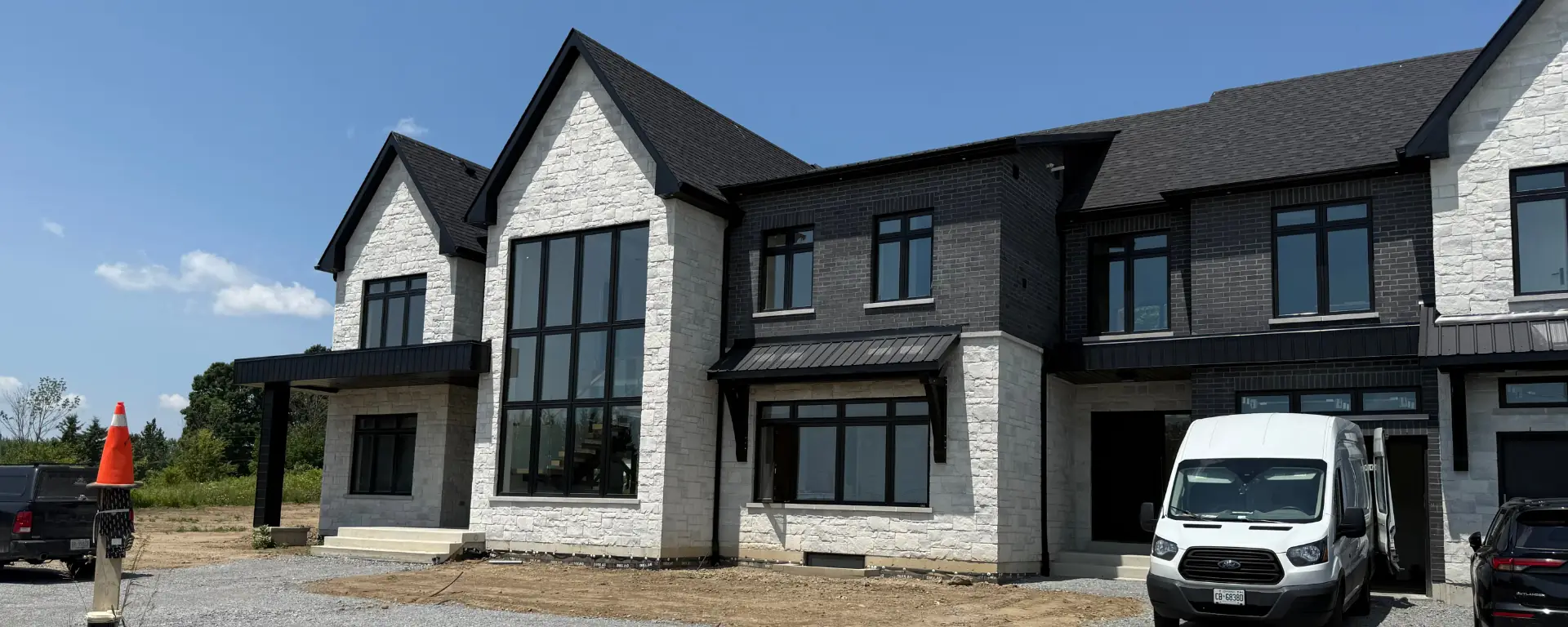
All Images Courtesy of Benjamin Moore
To match paint with architectural style, first identify your home’s design type is it traditional, historic, rustic, or modern? Next, follow the style’s natural cues: ornate Victorians thrive on layered palettes, Craftsman homes look best in earthy, natural tones, and sleek modern builds benefit from crisp, restrained color schemes. Balance authenticity with personality choose historically appropriate shades or palettes that highlight proportions, then add individuality through accents like doors, shutters, or trim. The goal is harmony the paint should enhance your home’s design, not fight against it.
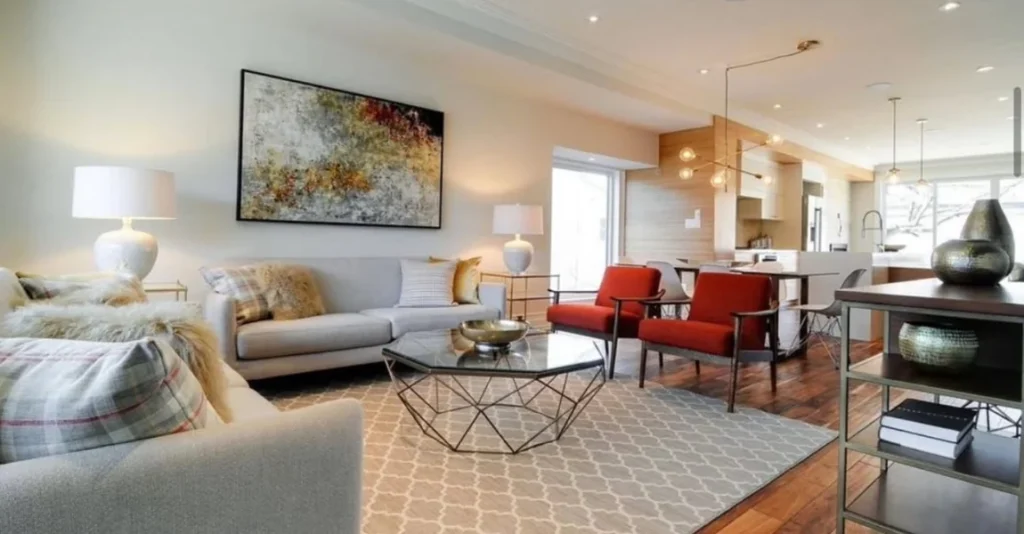
Paint is often called the “skin” of a house it’s the first thing people see and the protective layer that keeps everything beneath safe. But beyond function, paint defines how architecture is read.
Proportions: Light and dark shades can visually change height, width, or depth.
Features: Trim and accent colors highlight details or, if poorly chosen, drown them out.
Style Integrity: Certain palettes naturally “belong” to specific styles. For instance, neon green on a Tudor feels jarring, while muted stone tones feel right at home.
When color and architecture align, the result is a home that feels cohesive, authentic, and timeless.
Colonials, Georgians, and Tudors are defined by balance and symmetry. Their paint schemes should reflect that restraint.
Colonials: Historically, Colonials were painted in light neutrals with contrasting shutters. Today, crisp white siding with black, navy, or forest green shutters remains the gold standard. Muted greys, taupes, and creams also suit Colonial forms beautifully.
Tudors: With exposed beams and stonework, Tudors thrive on earthy palettes. Cream or beige walls paired with deep brown beams look authentic, while accents of moss green or burgundy highlight details without overpowering.
👉 Tip: Keep the body of the house neutral and let accents (doors, shutters, trim) carry personality.
Victorian homes are known for their decorative trims, bay windows, turrets, and gingerbread details. Unlike simpler styles, they can handle layered color palettes.
Traditionally, Victorians featured three or more coordinated shades:
A main body color (often muted pastels like sage, dusty blue, or soft rose).
A trim color (cream, ivory, or another muted shade).
An accent color (burgundy, deep green, or gold) to highlight ornate details.
Modern interpretations sometimes lean into jewel tones emerald greens, royal blues, or rich purples to celebrate the drama of the style. The key is celebrating the ornamentation with intentional color variety.
Craftsman-style homes (popular in the early 20th century) were designed to blend with nature. With exposed rafters, wide porches, and wood detailing, they look best in organic, earthy palettes.
Body colors: Olive greens, warm browns, muted golds, or clay reds.
Trim: Natural wood stains, warm creams, or darker shades of the body color.
Accents: Deep red, burnt orange, or moss green doors bring personality while respecting the natural aesthetic.
👉 Tip: Pull inspiration directly from the landscape think “forest palette” or “stone palette” for the most authentic look.
Mid-Century Modern homes, popular in the 1950s–60s, feature flat planes, large glass windows, and clean lines. They shine with streamlined, high-contrast palettes.
Exteriors often mix white, grey, or beige with natural wood and bold pops of color (like teal, orange, or mustard).
Interiors thrive on neutral backdrops with bold accent walls or colorful built-in features.
Because the architecture emphasizes simplicity, paint should support not distract from the design. One or two bold elements paired with restraint is the recipe for success.
Contemporary homes use steel, glass, and concrete with sharp lines and minimalist layouts. Their palettes are usually monochromatic and dramatic.
Body colors: Crisp whites, soft greys, or deep charcoals.
Accents: Bold but restrained like black trim, a fire-red front door, or a feature wall in a strong hue.
The aim is clarity and precision. Too many colors can break the clean aesthetic, so focus on contrast and simplicity.
Farmhouse and rustic style homes should feel welcoming and authentic.
Farmhouse: The classic look is white siding with black trim, sometimes softened with natural wood tones. Muted blues and greys also work for a more updated look.
Rustic cabins or barn-style homes: Deep reds, browns, and greens blend beautifully with wood siding and natural landscapes.
The palette should always support the textures wood, stone, and metal rather than competing with them.
Mediterranean style homes, often with stucco walls and terracotta roofs, call for warm, sun-baked palettes.
Walls: Creams, sand tones, or warm peach.
Trim: Earthy browns or deep, cool greens.
Accents: Rich blues and terracotta reds for doors, tiles, or shutters.
These homes feel most authentic when their paint reflects the landscapes of Southern Europe warm, natural, and slightly rustic.
No matter the architectural style, professionals follow the same process:
Identify the home’s character is it ornate, simple, rustic, or sleek?
Choose a main body color that supports that character (earth tones for rustic, neutrals for traditional, restrained palettes for modern).
Select trim and accent shades to highlight features, staying true to the architecture’s intent.
Balance authenticity and individuality stick to palettes that enhance the design, but personalize with doors, shutters, or accents.
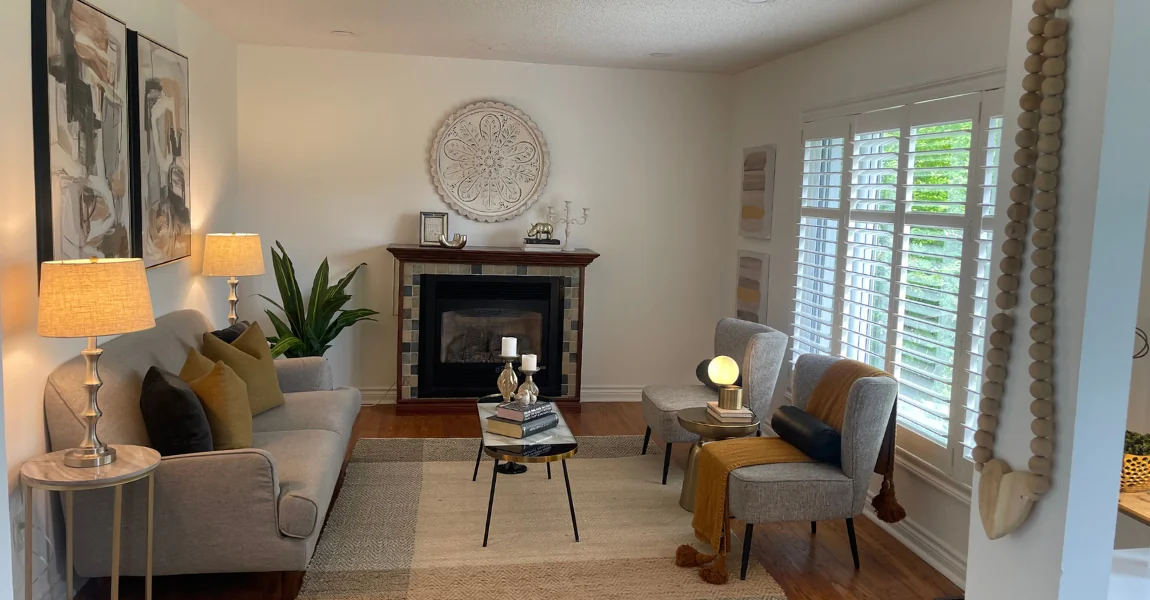
Paint is more than decoration it’s how a home communicates its style. The right palette enhances proportions, celebrates details, and connects the architecture to its environment. Whether it’s the ornate charm of a Victorian, the natural warmth of a Craftsman, or the clean simplicity of a modern build, matching paint to architecture ensures your home looks cohesive, authentic, and timeless.
At Guilds Painting, we help homeowners choose colors that respect their home’s character while reflecting their personal taste. With a professional eye for both design and detail, we ensure every home we paint feels both true to its style and uniquely yours.

2025 marks a new era of collaboration discover why strategic partnerships between trades are key to stability, growth, and smoother construction projects.
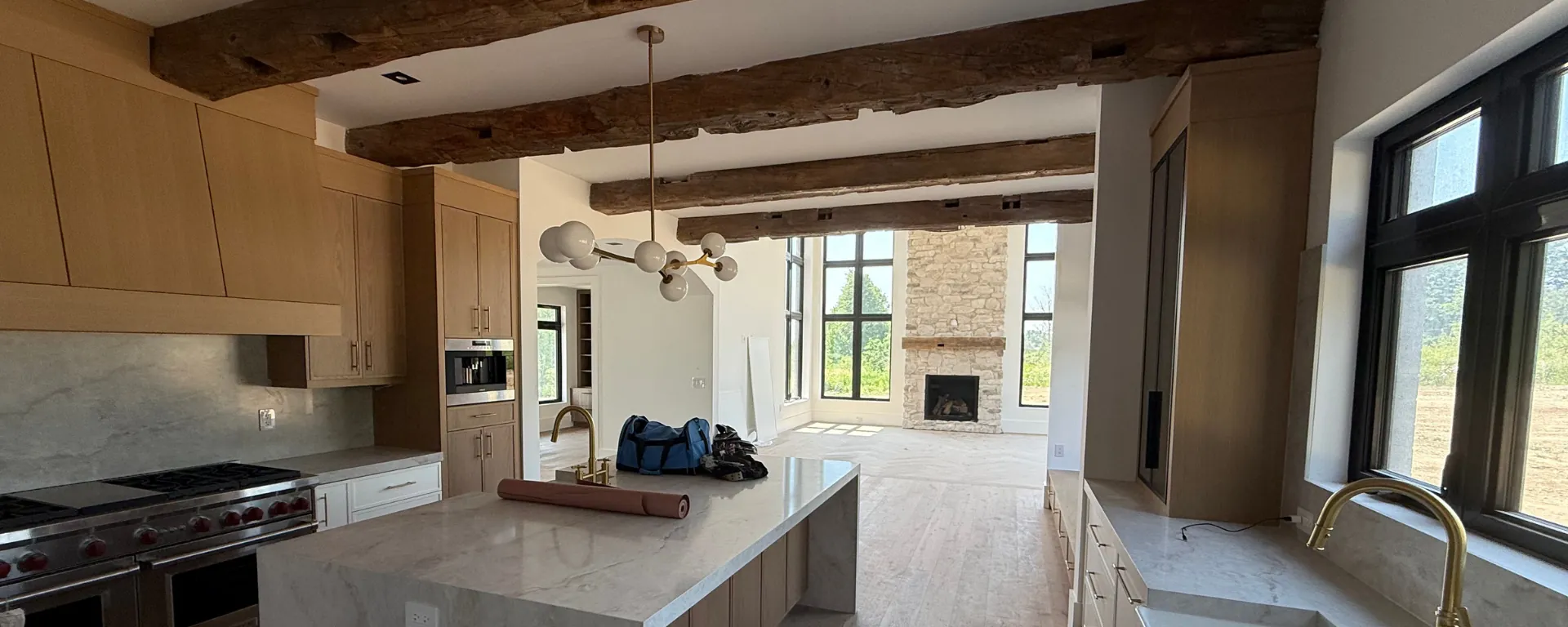
Learn how to spot early signs it’s time to repaint peeling, fading, cracks, and stains can signal wear. Keep your home fresh and protected with timely updates.

PPG sells its U.S. and Canadian architectural coatings business to American Industrial Partners, reshaping paint brands, pricing, and supply across North America.
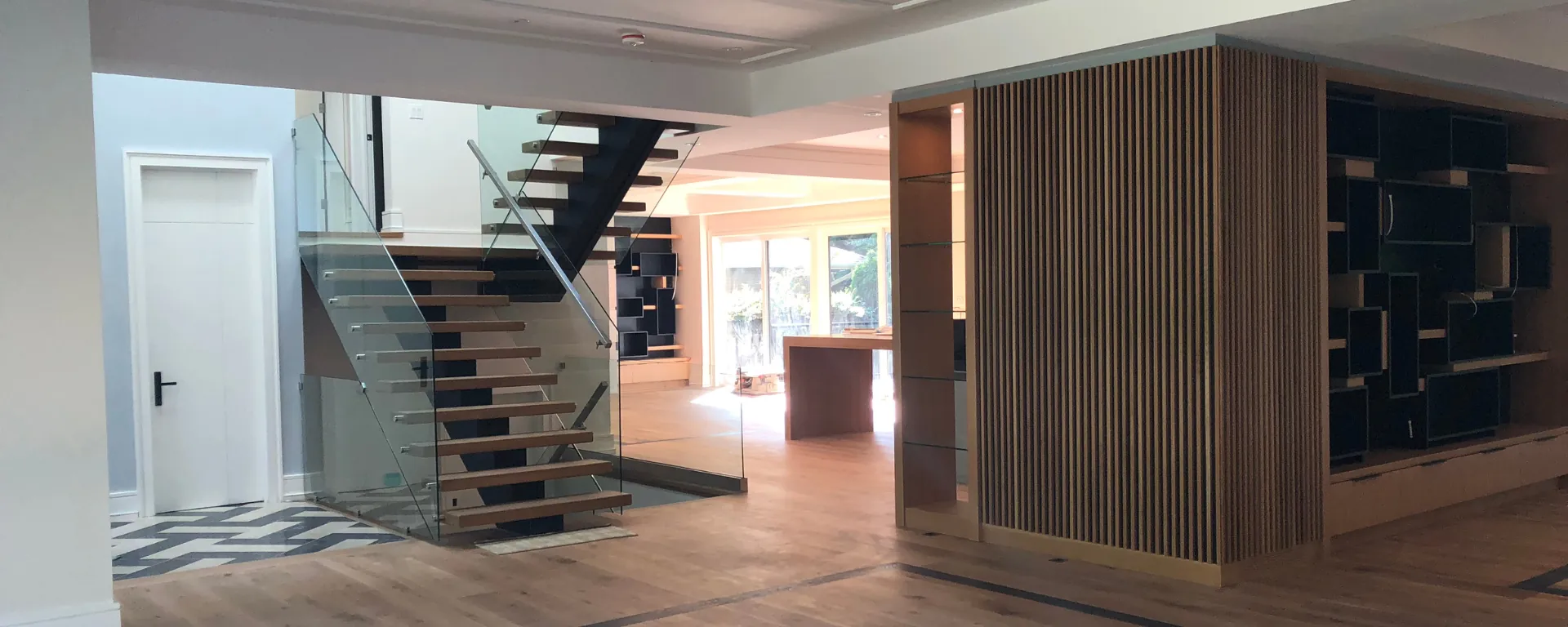
Master surface preparation before painting learn pro tips for cleaning, sanding, patching, and priming to achieve flawless, long-lasting paint results every time.
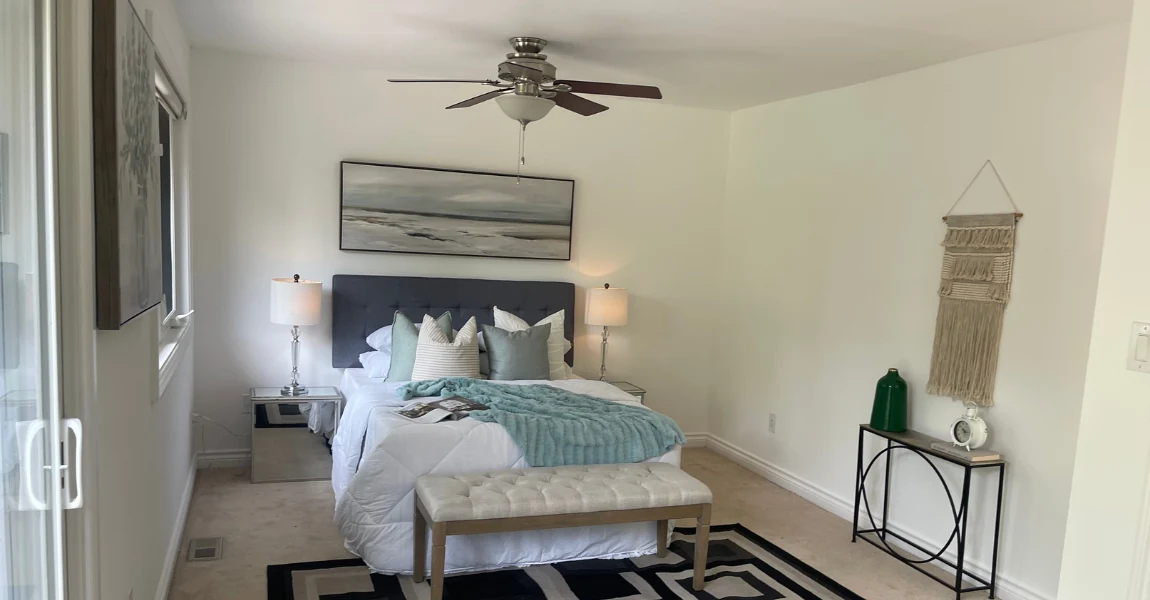
Discover how to calculate paint quantity accurately for any project save money, avoid waste, and ensure perfect coverage with these simple professional tips.
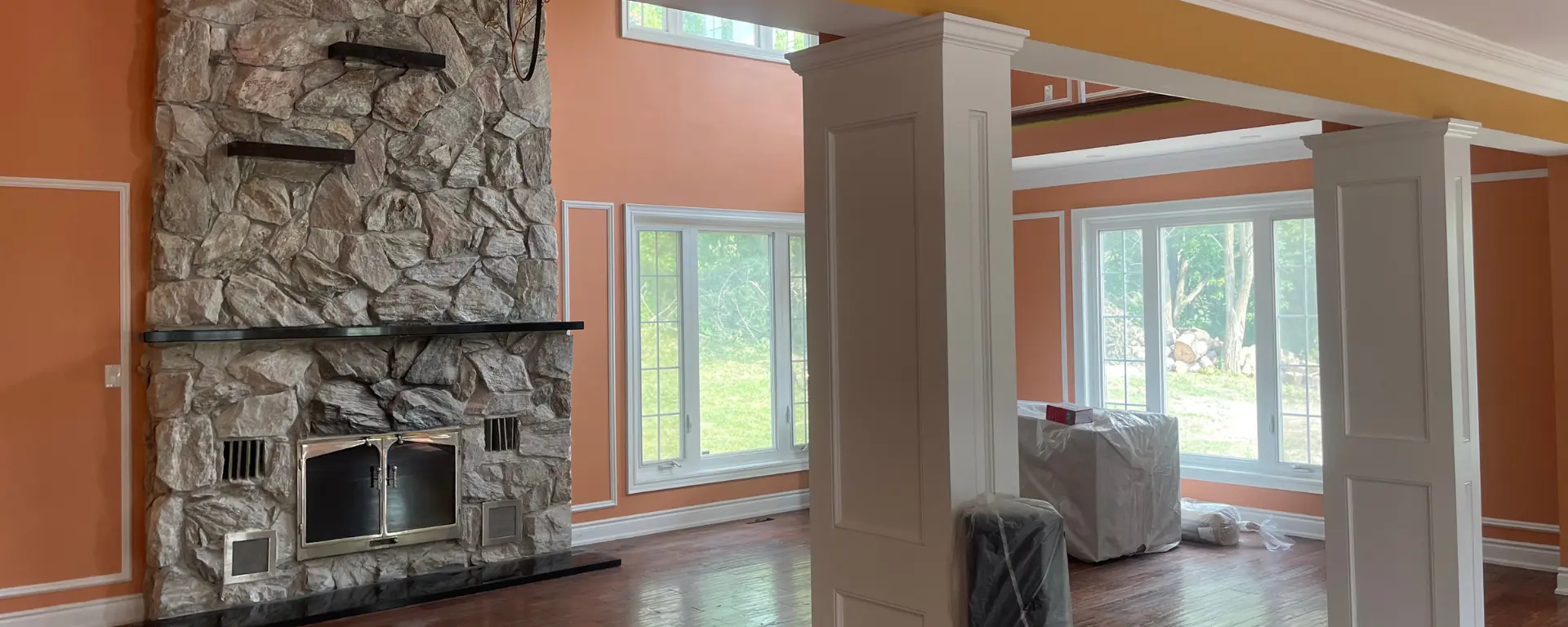
Discover creative ways to use bold colors in your space learn how to balance vibrant tones with neutrals to create depth, personality, and modern style.
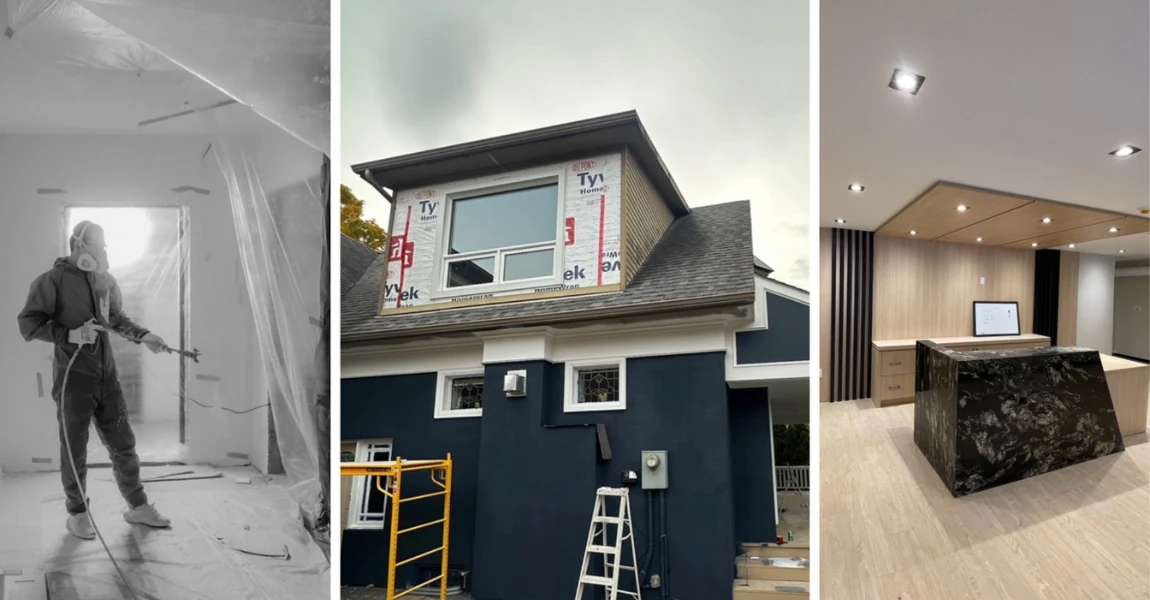
Sherwin-Williams’ revised 2025 profit forecast signals rising costs and shifting demand here’s how it impacts contractors, homeowners, and paint projects ahead.

Understand paint sheen differences learn how matte, eggshell, satin, semi-gloss, and gloss finishes affect look, durability, and the best spaces to use each.

Sherwin-Williams lowers its 2025 profit forecast amid soft demand what this means for paint prices, contractors, and the future of the coatings industry.

Unravel the complexities of house painting costs with our detailed guide. Discover what factors influence both interior and exterior painting expenses and how to budget for your project.
Fill out the form below and we’ll be in touch to discuss your painting needs, answer your questions, and provide a clear quote for your project.